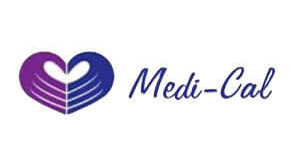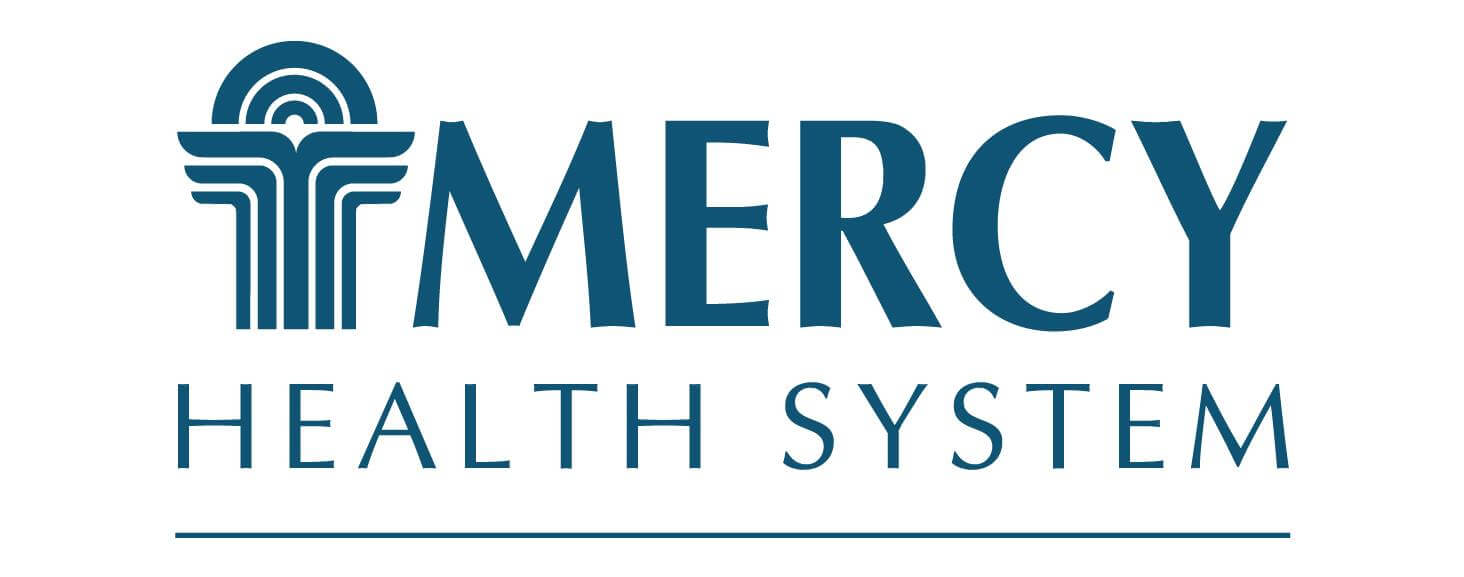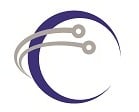
Unique Device Identification (UDI) has taken hold of Europe and the United States. Numerous medical advocates have expressed the desire that UDI become a global system of tracking and identifying medical devices. Perks of a Unique Device Identification System can include faster medical device recalls, a reduction in counterfeiting, more informed patient treatment, and doctors spending more time with patients, to list a few.
Explore our article, "What are the Benefits of Unique Device Identification?" for an in-depth look into all the benefits of UDI > >
Where did such a revolutionary and rapidly expanding idea originate?
The idea of a Unique Device Identification System first gained backing when the United States Congress passed legislation in 2007. Congress instructed the Food and Drug Administration (FDA) to establish regulations that would reduce medical errors, allow defective medical devices to be detected earlier, increase the speed of medical device recalls, and increase patient safety.
Then, in 2012, Congress passed legislation mandating the FDA include medical devices under the umbrella of the Sentinel Initiative. The Sentinel Initiative is a post-market surveillance program that monitors the safety of certain products in order to safeguard public health. Products previously included in this program are drugs and vaccines.
Before implementing a national Unique Device Identification System, the FDA ran several pilot projects. The goal of these projects was to determine how to most effectively implement a Unique Device Identification System in a manner that would be the most beneficial to healthcare professionals and their patients.
California Medicaid (Medi-Cal) UDI Pilot Project

The California Medicaid (Medi-Cal) program started a Unique Device Identification pilot program in the summer of 2009. Providers were required to submit a universal product number (a stand-in for UDI, as UDI was not yet implemented by manufacturers) in order to submit reimbursement claims. During the course of this two-year pilot project, Medi-Cal handled 600 million dollars in reimbursements and seven million claims for providers. An estimated five thousand providers participated in the pilot, including pharmacies and medical equipment suppliers.
The goal of this pilot program was to test the "cost-effectiveness and feasibility" of a Unique Device Identification system as well as determine the benefits of such a system.
While it took time and money to implement a prototype UDI system, the benefits of this pilot project far outweighed the initial cost. For instance, over the two year period: 30 million dollars in supply contracting were saved, defective products were more rapidly identified and struck from the list of covered benefits, and claims were more easily processed because information (such as the manufacturer's name) was rapidly accessible.
Plus, Medi-Cal was able to make faster decisions on claims since fewer claims needed to request additional information; this reduced Medi-Cal's operational costs. Medi-Cal also reported that a national Unique Device Identification System would have the potential to reduce fraud and improve patient safety.
Overall, UDI was reported to have boosted the quality of data, helping California gain more insights into health care outcomes and determine the necessity of certain medical procedures and devices.
Mercy Health System UDI Pilot Project

Mercy, a health system that operates hospitals and clinics across Wisconsin and Illinois, was the location of a second, massive pilot project for Unique Device Identification. This project took half a year to implement, and Mercy saw massive benefits.
The UDI system was specifically implemented to monitor a coronary artery stent. Through the project, Mercy was able to track and learn which stents were more effective in certain patients. The department was also able to save costs as UDI allowed for more accurate inventory and tracking.
“The unique device identifier project that we did for the FDA, actually ended up having a lot of benefits for Mercy. Our supply chain people, for instance, have now improved the efficiency of their operations, and with the catheterization laboratory, we’re now able to manage inventory a lot better. Our catheterization laboratory was turning in inventory…on a quarterly basis and the last quarterly report we got before starting the project indicated that they had 800K worth of inventory. Well we put in all the UDI, we scanned them all, we got them into our new automated inventory management system, and we find out we actually had more like 1.9 million dollars’ worth of inventory, which was kind of a shock to them. Then after the first few months after that we were able to manage that down to about 1.4 million, so it obviously put in tremendous efficiencies in supply chain."
-Dr. Joseph Drozda, Cardiologist and director of outcomes research at Mercy
Implementing a UDI system allowed Mercy's doctors to manage inventory more efficiently, thereby giving them more time to spend with patients. Unique Device Identification also provided physicians with more accurate information on implanted medical devices and prevented procedure delays.
Final Legislation
After the success of these pilot programs, the FDA responded to Congress' mandates by publishing an extensive UDI regulation in September of 2013. The FDA's final regulation included a series of cascading deadlines that would give companies enough time to make all classifications of medical devices compliant. High-risk medical devices were made first priority. After a company became UDI compliant, all their medical device information would be stored in GUDID (a Global UDI Database), and that data would be made readily available to the public via AccessGUDID.
Europe
Soon after the United States began developing its UDI system, the Global Harmonization Task Force (GHTF) heard about their UDI initiative and began promoting it in Europe. While this task force disbanded in 2012, they were influential in getting international attention for expanding Unique Device Identification to Europe.
In 2013, the European Union (EU) commission recommended that Europe adopt its own version of UDI. European governments embraced the idea and have since begun implementing a European Unique Device Identification System. This system will be implemented in stages, much like the United States' regulation, with medical devices in high-risk classes having the earliest deadlines.


Posted by PDI Marketing Team
Pacific Data Integrators Offers Unique Data Solutions Leveraging AI/ML, Large Language Models (Open AI: GPT-4, Meta: Llama2, Databricks: Dolly), Cloud, Data Management and Analytics Technologies, Helping Leading Organizations Solve Their Critical Business Challenges, Drive Data Driven Insights, Improve Decision-Making, and Achieve Business Objectives.

Posted by PDI Marketing Team
Pacific Data Integrators Offers Unique Data Solutions Leveraging AI/ML, Large Language Models (Open AI: GPT-4, Meta: Llama2, Databricks: Dolly), Cloud, Data Management and Analytics Technologies, Helping Leading Organizations Solve Their Critical Business Challenges, Drive Data Driven Insights, Improve Decision-Making, and Achieve Business Objectives.




